Researchers from the University of Colorado Boulder have identified hydrogen molecules as a key factor in lithium-ion battery degradation. This discovery could lead to the development of longer-lasting batteries, which would enhance the driving range of electric vehicles and improve renewable energy storage. By addressing issues like self-discharge and reducing relian…
science
Auto Added by WPeMatico
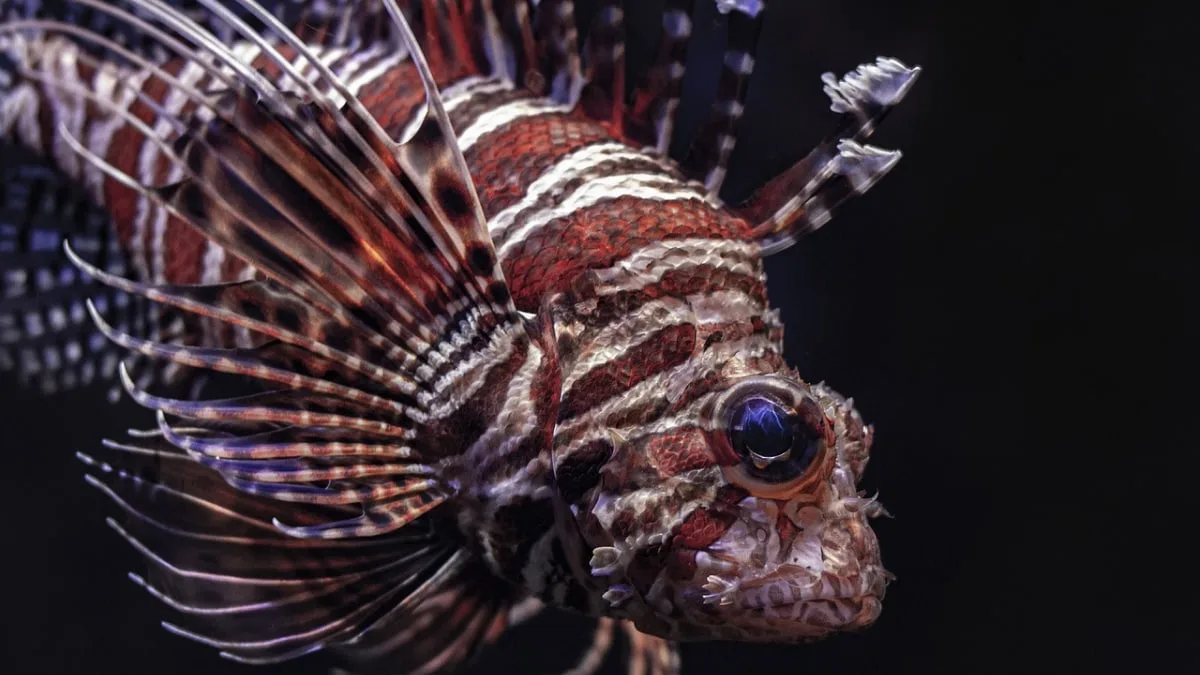
Strange Fish Species Might Be Able to Taste Using Its Crab-Like Legs, Study Claims
The northern sea robin (Prionotus carolinus) is an intriguing marine species known for its remarkable adaptations. Unlike most fish, this species employs its six leg-like appendages to navigate the ocean floor. This ability allows it not only to move but also to explore the sea bed in search of food. While this capability was long […]
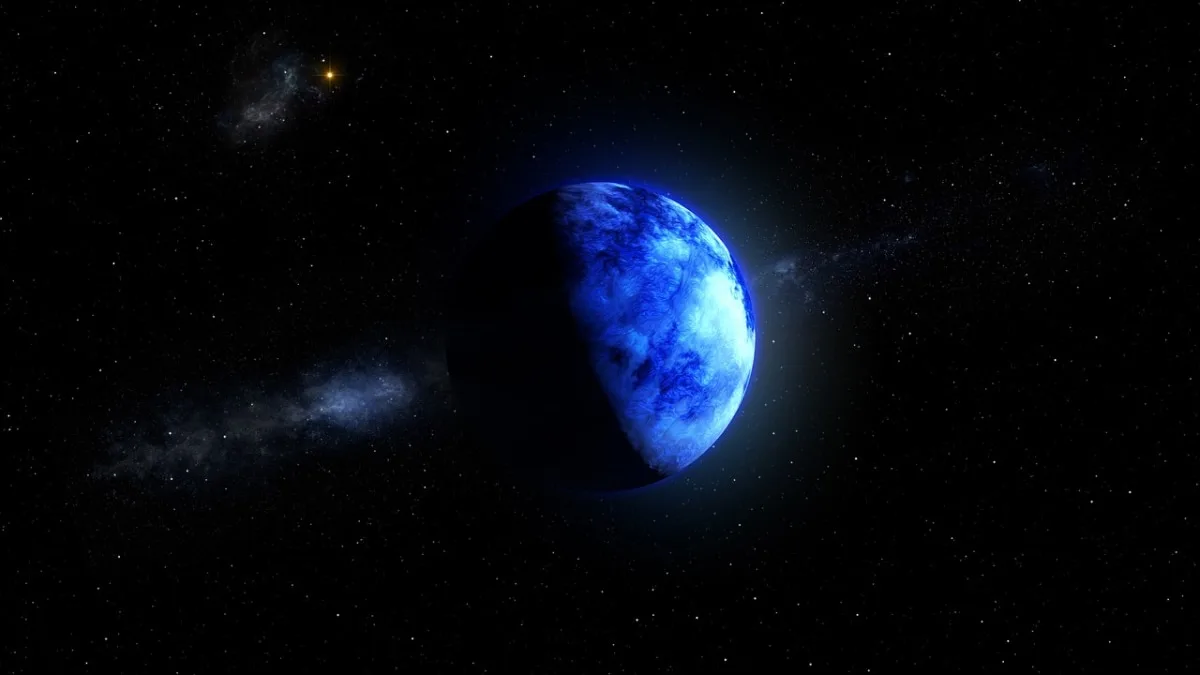
Exoplanet Orbiting a White Dwarf Star Gives Researchers Hope That Earth Might Escape Its Eventual Death
A planetary system anchored by a white dwarf star, located approximately 4,000 light-years away, provides astronomers with insights into what could happen to our Sun and Earth in about 8 billion years. This scenario unfolds if the Earth survives the Sun’s transformation into a red giant, expected to occur in 5 to 6 billion years. […]
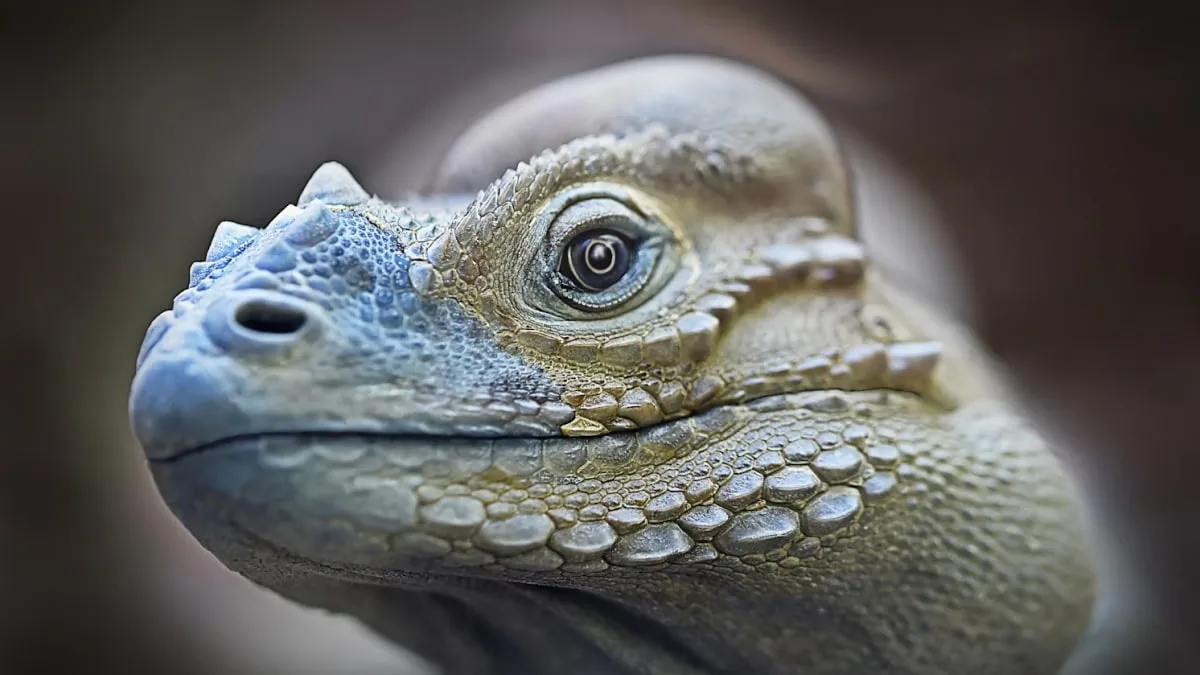
Scuba Diving Lizards Use Air Bubbles to Breathe Underwater and Stay Hidden from Predators
Semi-aquatic lizards, such as the water anole (Anolis aquaticus), have a unique ability to stay submerged for extended periods by creating an air bubble around their snout. This behaviour, first observed in 2018, has now been confirmed in 18 other anole species. The air bubble helps the lizards breathe while underwater, enabling them to remain […]
Earth’s Temporary Second Moon: Asteroid 2024 PT5’s Two-Month Orbit Explained
An asteroid, about the size of a city bus, will soon become a “mini-moon” as it will get caught in Earth’s gravitational pull. Named 2024 PT5, this asteroid is expected to enter Earth’s orbit on September 29, 2024, and will stay until November 25. While the term “mini-moon” may sound peculiar, it is used by […]
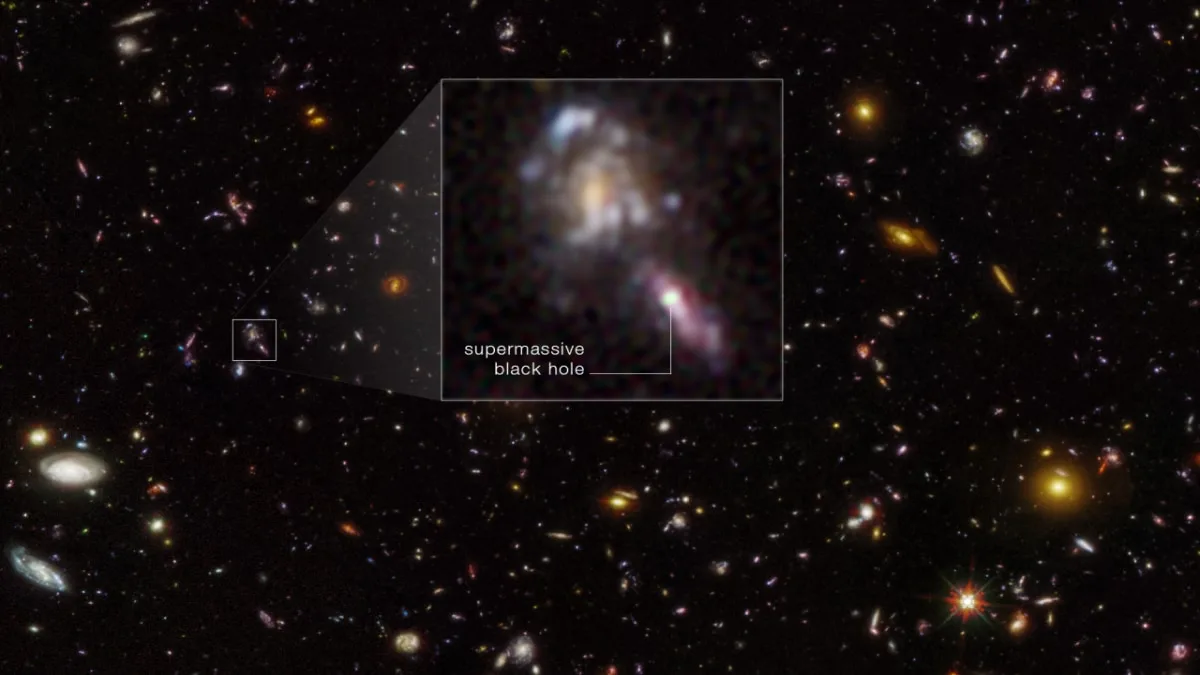
NASA Hubble Space Telescope Finds a High Number of Black Holes in the Early Universe
An international team of researchers, led by scientists from Stockholm University’s Department of Astronomy, has discovered a higher number of black holes in the early universe than was previously recorded. Using the NASA Hubble Space Telescope, this team found black holes among faint galaxies formed shortly after the Big Bang event. These findings may help […]

NASA Europa Clipper Mission to Launch on October 10, Will Study Jupiter’s Icy Moon Europa
NASA‘s Europa Clipper mission is on track for its scheduled October 10 launch, aiming to explore Jupiter’s icy moon, Europa. Scientists believe Europa could be one of the most promising places to find the conditions for life beyond Earth. The spacecraft will travel 1.8 billion miles (2.9 billion kilometres) to study whether the moon’s icy […]

New Group of Distant Objects Suggests Our Solar System May Have a Second Kuiper Belt
Recent astronomical discoveries suggest that our solar system could be much larger than previously thought, with the potential existence of a second Kuiper Belt beyond the one we know. Using the powerful Subaru telescope, astronomers have spotted 11 new objects orbiting far beyond the known Kuiper Belt, indicating the presence of a second belt, tentatively […]
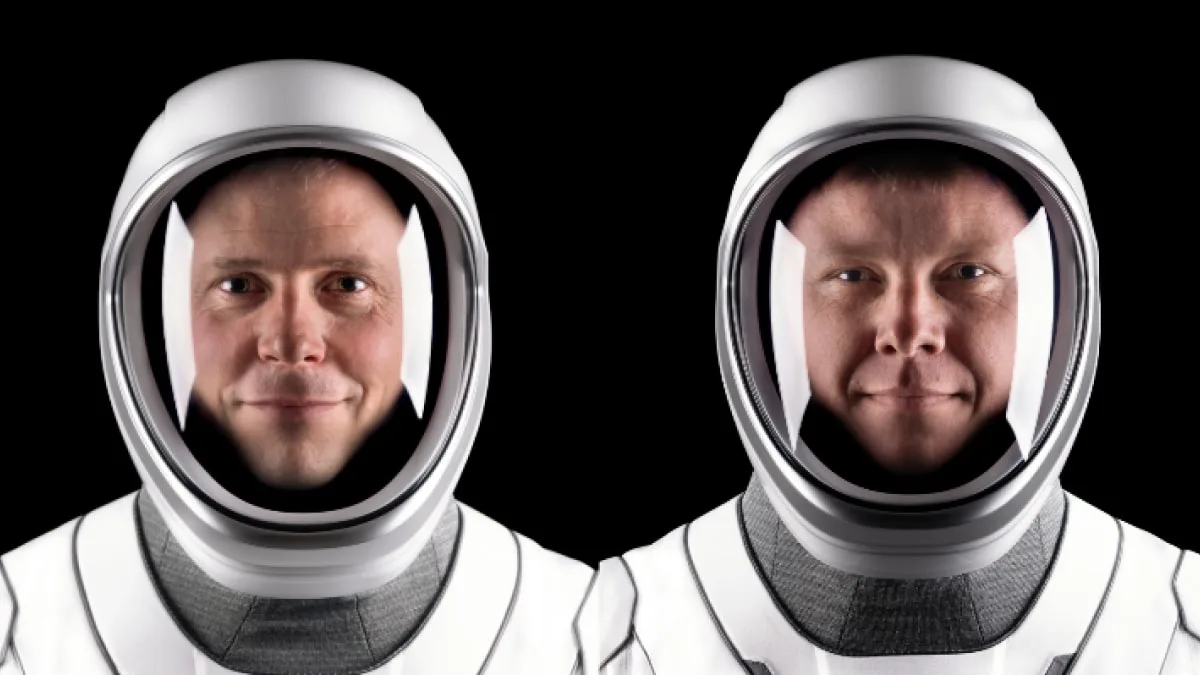
SpaceX Crew-9 Mission Launch Delayed to September 26 for Final Preparations
The launch of SpaceX Crew-9, a significant mission to the International Space Station (ISS), has been delayed to September 26, 2024. This change allows teams to complete final prelaunch procedures and ensure all equipment is prepared. The delay also accounts for weather conditions and other prelaunch checks. The launch, initially set for August 18, will […]
